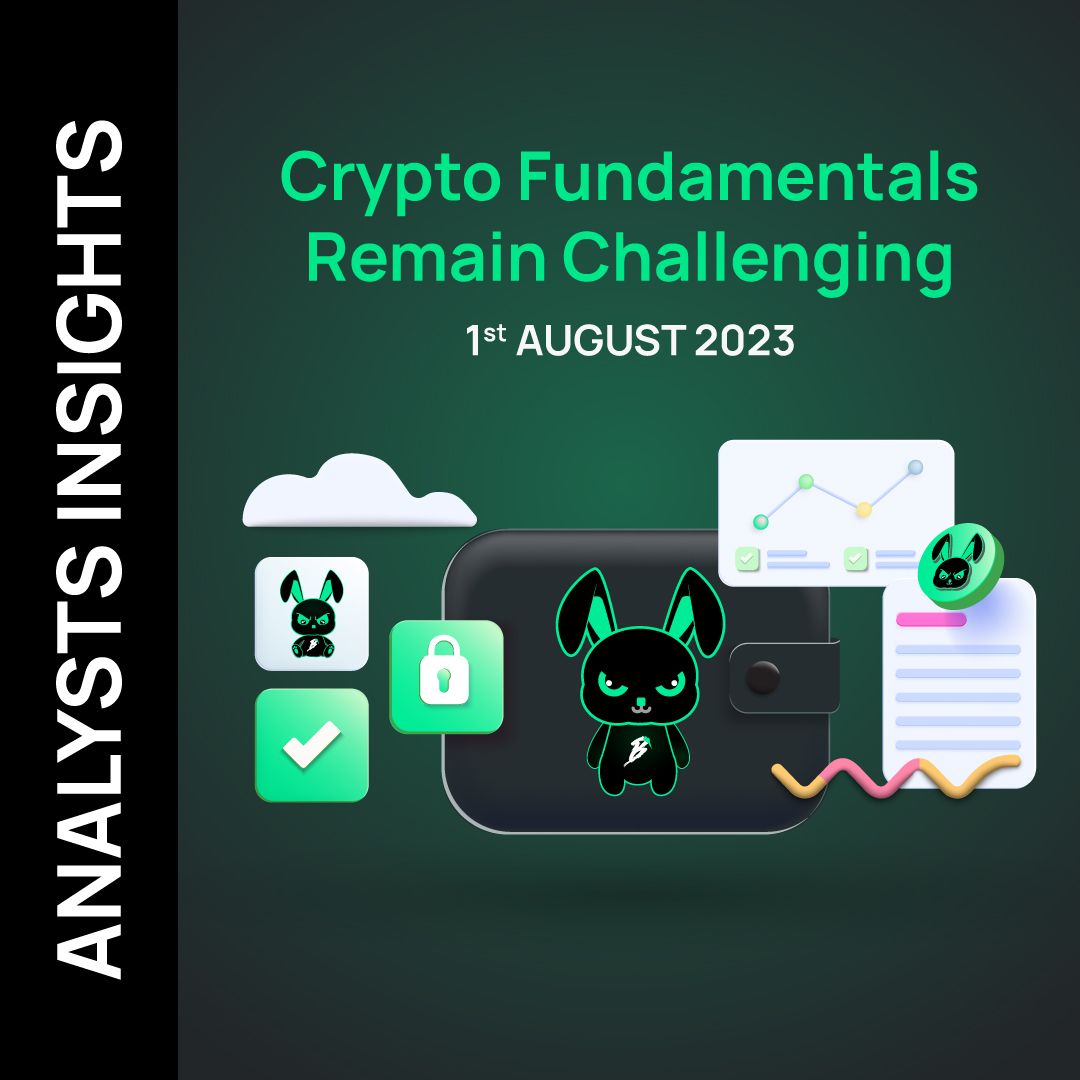Analysts' Insights

Crypto Fundamentals Remain Challenging
... and based on Ethereum’s latest revenue numbers, the Ether price appears vastly overvalued.
1) Based on one quantitative approach, Ether’s fair value appears closer to $1,000 or -46% lower than current prices ($1,856). While we do not necessarily predict such a decline, there is a zero-cost way to position for a potential drop (zero-cost, but not zero-risk).
2) Revenues are fees that accrue to the protocol, either to the token’s treasury or to the holders, while fees are paid by protocol users, except gas fees. Ethereum is averaging $178m in monthly revenues, compared to average monthly revenues in 2022 of $350m and $826m in 2021.
3) Revenues in early 2021 were driven by the DeFi yield farming boom and during the second half of 2021 by the NFT minting craze. Today, both ‘drivers’ are nearly non-existent – compared to the significant revenue generators of 2021.
4) Ethereum’s lackluster trading ranges directly result from less engagement, and the upgrades are just too slow, nor are they significant game changers - at this point. Hence, revenues are down -49% from 2022 and -78% from 2021.
5) Since April 2023, TVL has also stalled again. Rising from $58.6bn in early 2023 to a peak of $73bn this year and now having retraced back to $64bn. Notably, TVL from decentralized exchanges (DEX) has declined by $6.7bn while staking was able to add another $2bn. This brings the staking sector to a year-to-date increase of $9.1bn. The only game in town…
6) DEXs still hold $20bn in TVL but staking is likely to continue to add to its $15.4bn on tokens tied up, especially after the Curve Finance issues from the day before.
7) Interesting to note that Ethereum staking rewards (validator as a service: 4.98% yield) are now below US interest rates (5.25/5.50%). Is staking ETH worth the risk?
8) Contrary to the multiple expansion for US tech stocks, crypto prices remain closely linked to the underlying fundamental drivers.
9) An at-the-money put for the December 2023 expiry put appears to trade at the same implied volatility for Ethereum as for Bitcoin (both near 42%), while historically, Ethereum’s implied vol has only on brief occasions dropped below Bitcoin’s.
10) Buying a put on Ethereum and financing it by selling one on Bitcoin appears to be a zero-cost (but not zero-risk) strategy. It makes sense when Ether appears overvalued based on revenue-generating capabilities.
Join now for more insights around crypto!


